Have you ever wondered what happens with your blood donations after your appointment? Follow along as we take you on the blood donation journey
As Women’s History Month comes to a close, we’re uplifting some of the women who play crucial roles in getting blood, platelets, and plasma to those who need it. Let’s see how blood donations travel from donors to recipients — and why these women are so passionate about making this possible.
1. Showing up to donate
“I’ve been a donor for about 5 years now. When the pandemic hit, I knew this was something I had to do, and I’ve been a regular donor ever since. It’s the least I can do to help those in my community and beyond.”
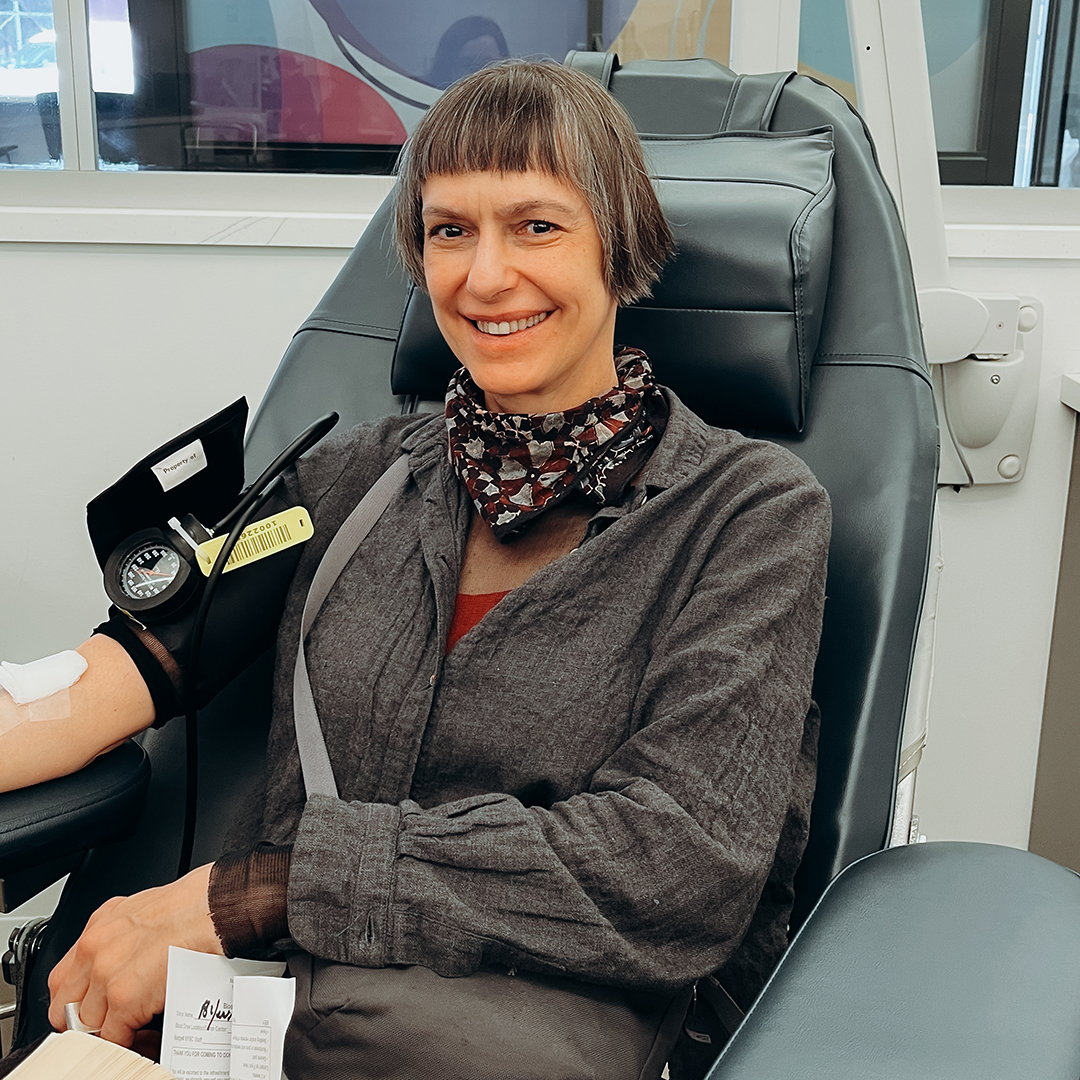
Ruthie, Blood Donor
2. Drawing blood
“The best way to explain what I do is also what I love about my job: The donors are coming to save lives and I get to help them do that. I want the donors to have a good time and be excited to come back.”

Siobhan, Supervisor
3. Transportation
“My role is to transport frozen red blood cells, unfrozen plasma and platelets to all hospitals in the state in a safe and timely matter. I’ve been a caregiver in the medical field for quite some time, and it brings me great joy to see people thriving and living a fulfilling life. In this role, I get to serve people in my community so they can live healthy, happy lives.”
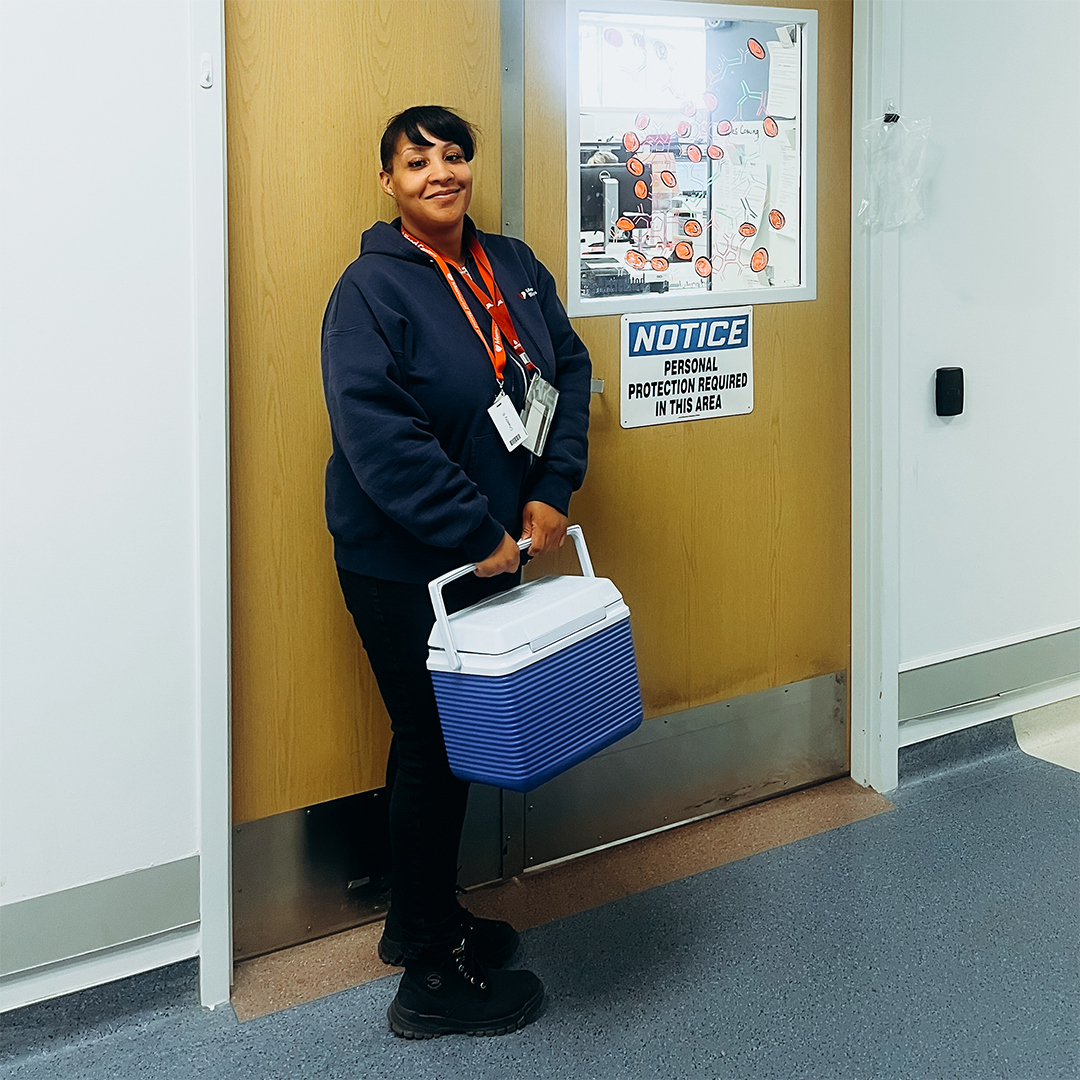
Chastity, Transport
4. At the Component Lab
“The component lab is responsible for preparing, processing, and modifying blood components from whole blood or apheresis collections. We’re also in charge of labeling products, receiving units, and performing computer functions. My role is to ensure smooth and efficient lab operations.”
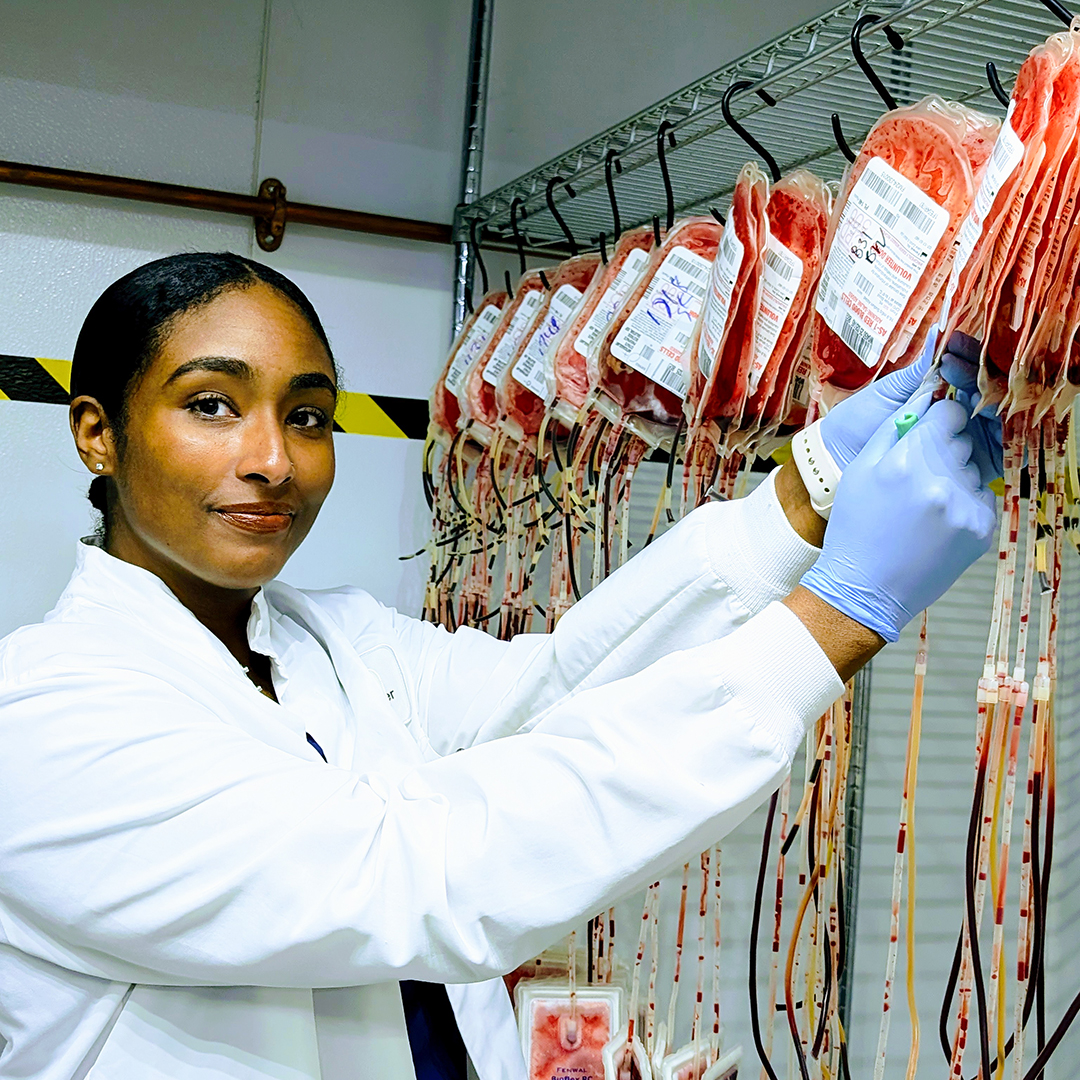
Courtney, Supervisor
5. Testing
“At the reference lab, we test donations for special characteristics or antigens that match patient needs. The testing we perform ensures the blood we supply is safe and readily available. Our team supports a large network of hospitals and their patients, including providing rare antigen negative blood for more specialized transfusions.”
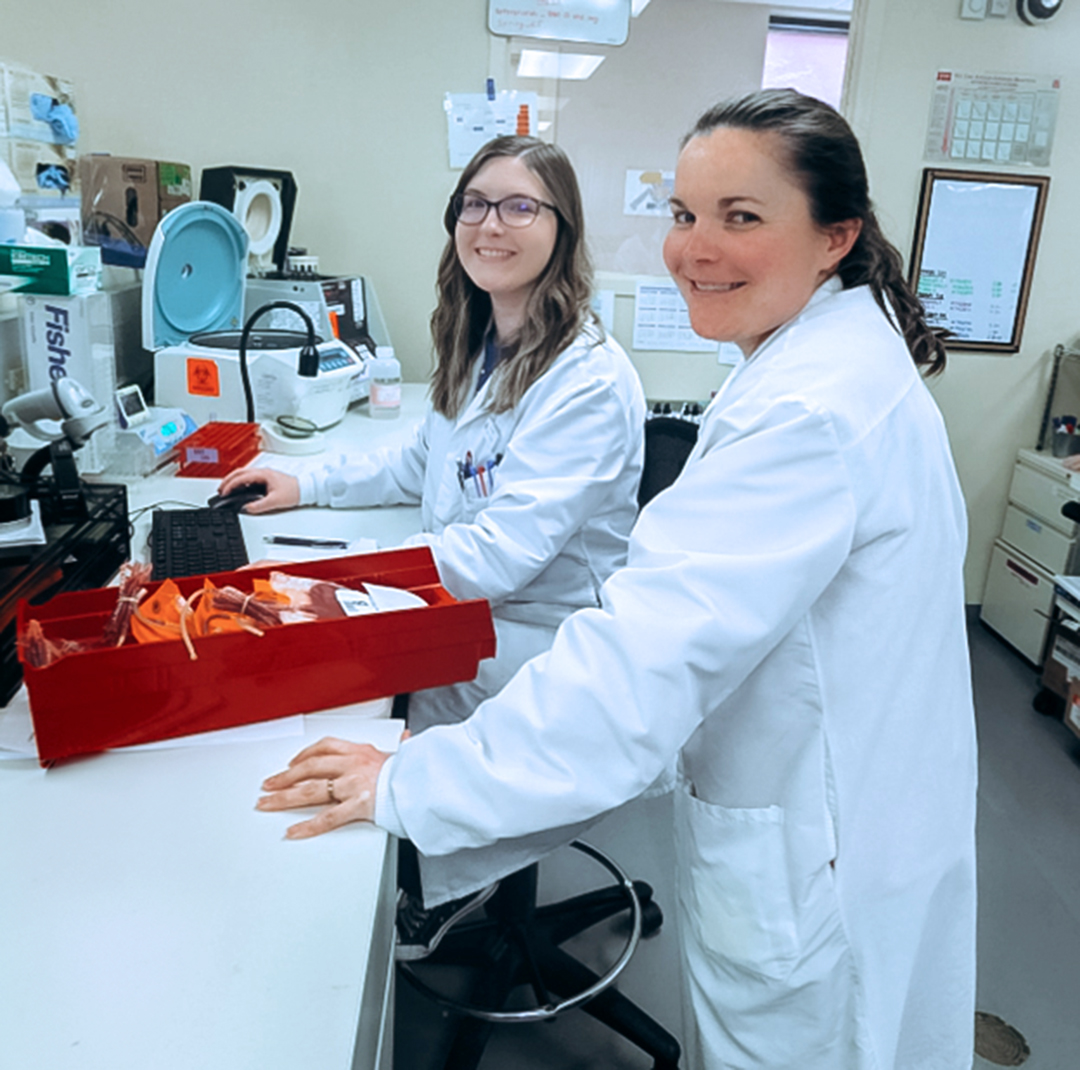
Kelsey, Medical Laboratory Scientist
6. Labeling
“My team and I are responsible for testing blood products for contamination before they are shipped to hospitals and other blood banks. Our work plays a critical role in ensuring the safety and quality of the blood supply, helping to protect both patients and healthcare providers.”

Racquel, Manager – Clinical Laboratory
7. Comprehensive Client Relations
“I advise on the strategic direction of blood and laboratory operations, which includes donor recruitment efforts and expansion initiatives. I also oversee comprehensive client relations, which manages our relationships with hospitals, academic institutions, and other businesses, and the enterprise project management team, which supports facility expansions, equipment implementations, optimization efforts, and more.”

Taiyyibah, Vice President of Strategy and Operations
Chief of Staff to the Chief Operating Officer
8. Packaging and Fulfillment
“This job entails so much more than driving — we play a crucial part in the success of our life-saving efforts. After receiving the blood products at our donor centers, we drive them to testing and processing and then on to distribution so they can reach area hospitals and their blood banks. It is our responsibility to uphold stringent guidelines for temperature, quantity, materials, and more. Once we have completed the process, we maintain service levels by having on-call shifts. We at Hospital Services are available 24/7/365 for our community members’ needs.”
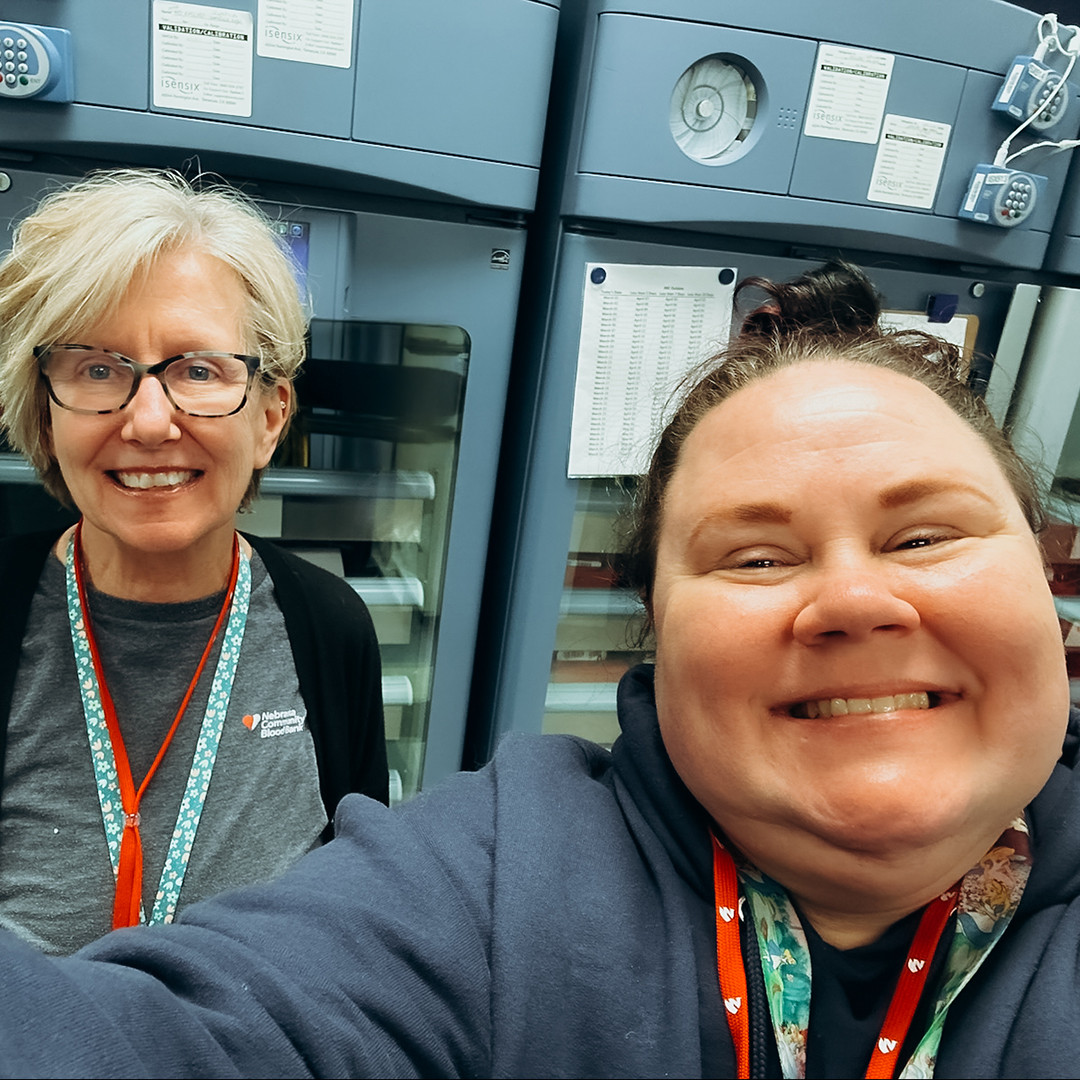
Susie, Hospital Services Representative
Once it’s packaged and delivered, your blood donations reach the recipients who need it. As you can see, this is no small feat. It’s an epic journey that ends in celebration.
Thank you for playing your part in keeping blood available. You’re part of someone’s story just by showing up, just as these women do every day.